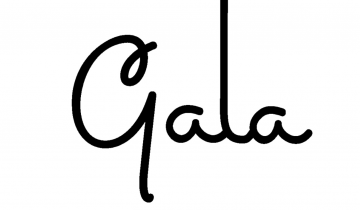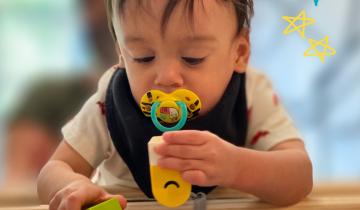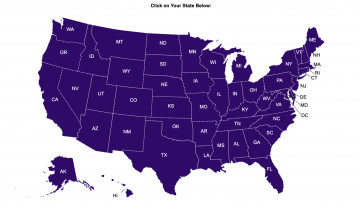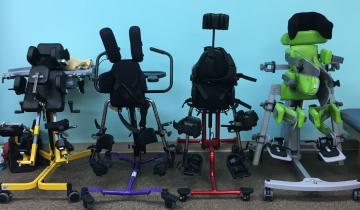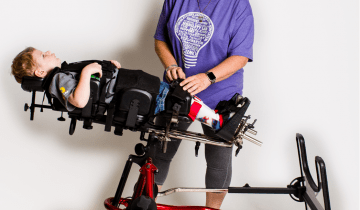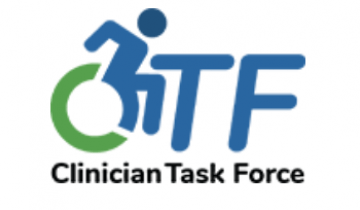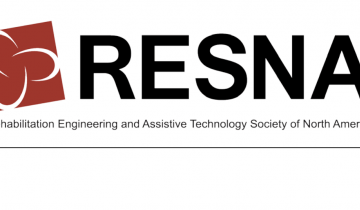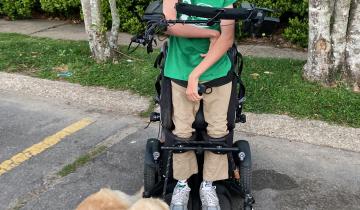Bimanual therapy uses principles of motor learning, focusing on simultaneous use of both hands, to restore upper limb function in patients with motor deficits. The purpose of this review article is to consolidate research within the past 15 years on bimanual therapy for children (aged 8 months - 18 years) with hemiplegia. This review will update and summarize findings of clinical studies with respect to important factors of the patient population (those who stand to benefit most), treatment characteristics (best practices), and outcomes of intensive bimanual training (changes in neurophysiology and measures of ability).
